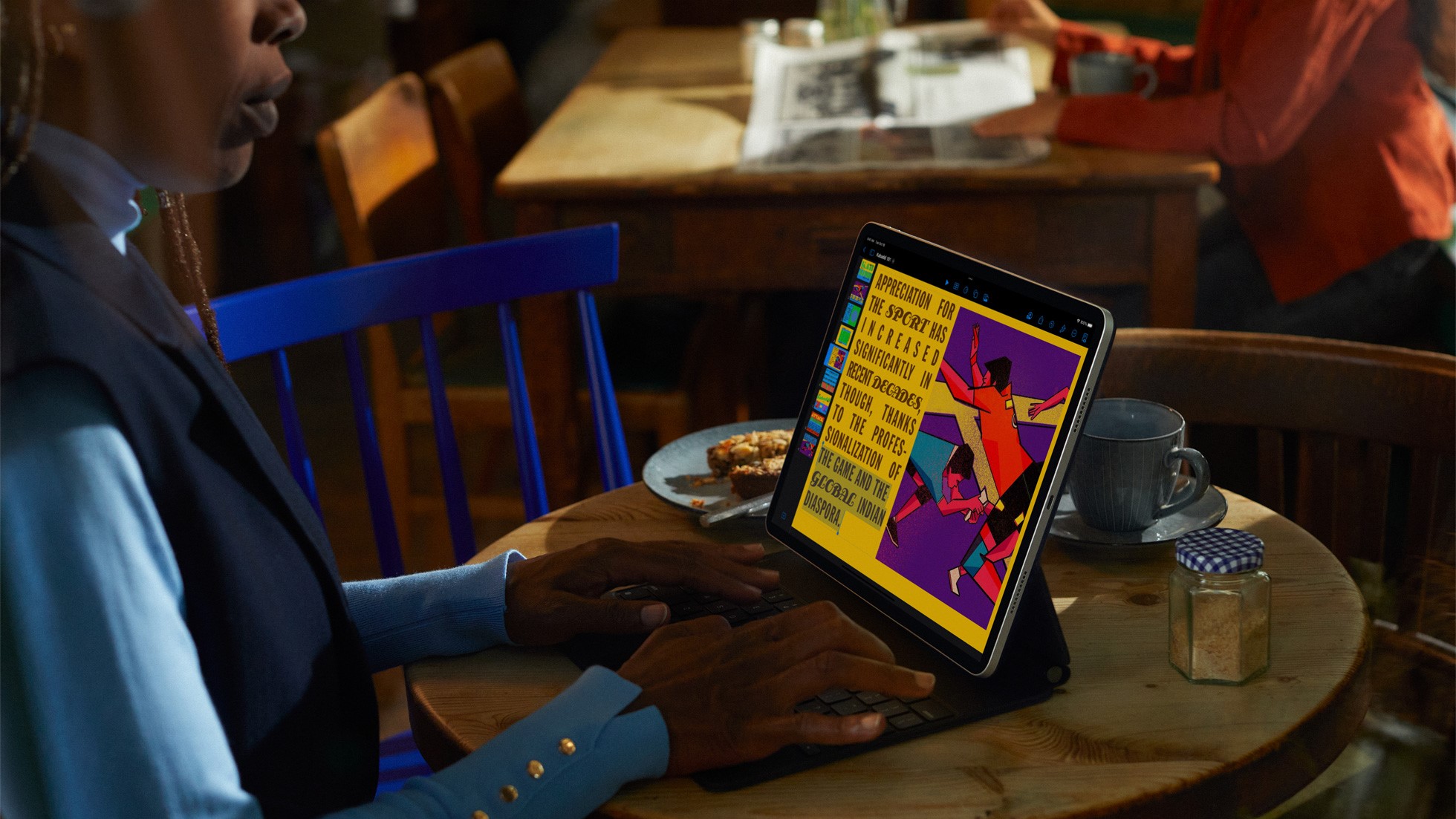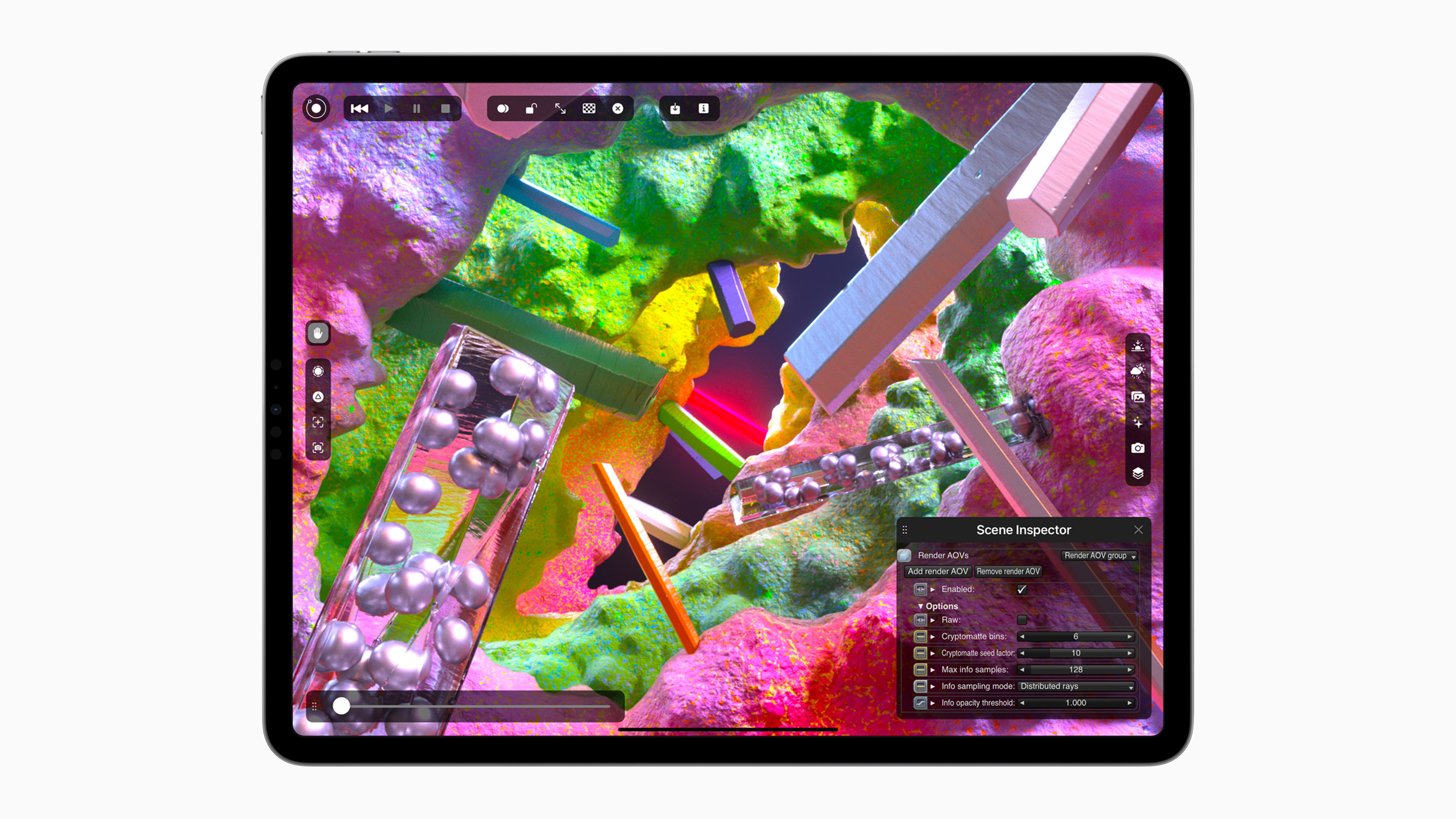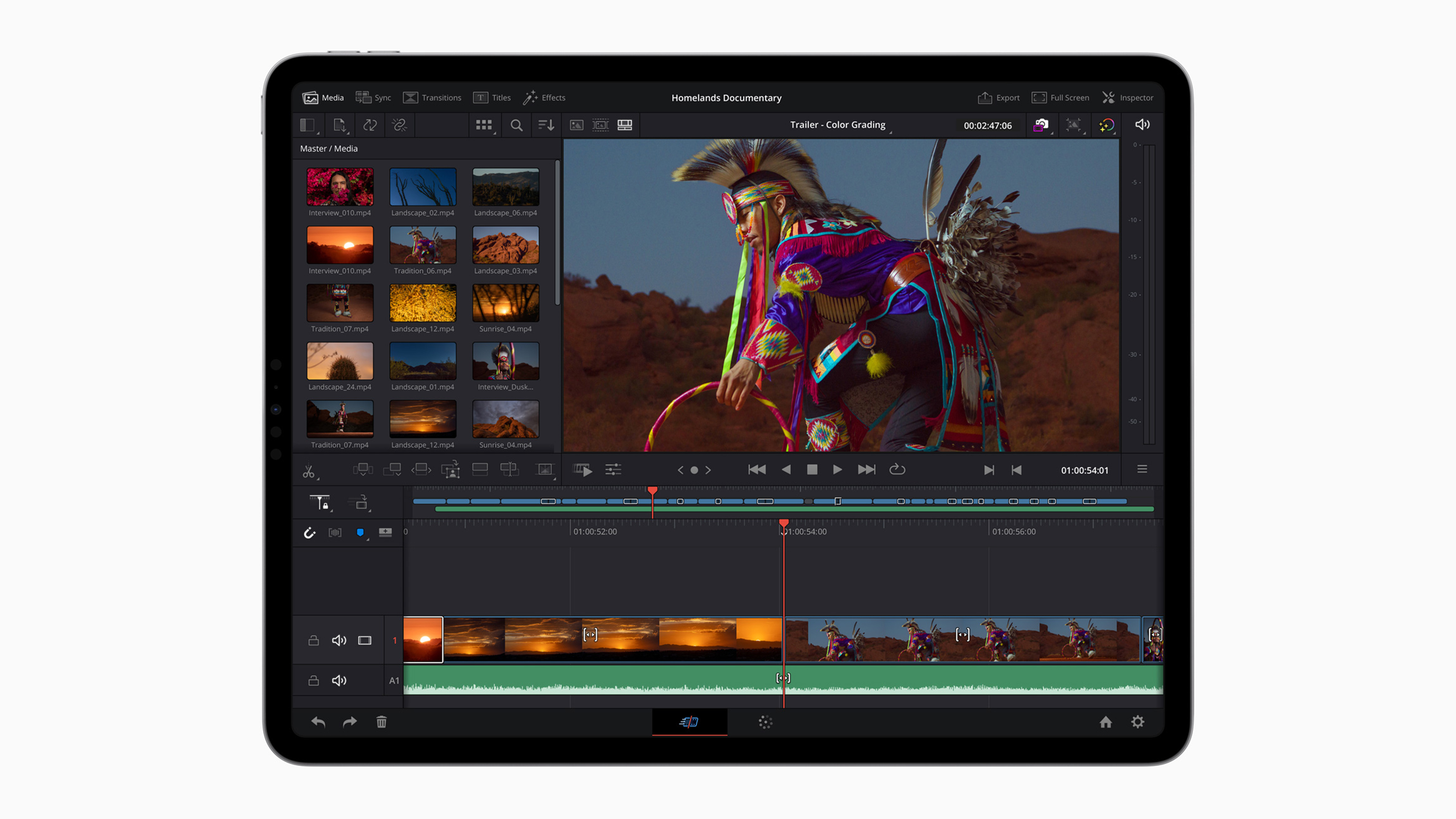The iPad Pro 2022 inches closer to replacing your MacBook
It's what's inside that counts

Apple has announced an update to its iPad Pro that will bring the powerful Apple M2 chip from the MacBook Air (M2, 2022) to the tablet. The new Pro tablet won’t get the fancy colors of the new iPad 10th Gen models, but it does get some fancy new capabilities for the Apple Pencil 2, as well as enhancements to media recording and playback, thanks to the M2. The iPad Pro is available now for pre-order, and will be in stores on October 26.
The iPad Pro is powered by the Apple M2 chip, which will include new image processing and media engines that enable enhanced video capture and editing. The iPad Pro will be able to capture ProRes video, but the cameras themselves have not received an upgrade from the Pro Camera array of the last model. You still get the same 12MP main camera and 10MP ultra-wide lens, with a 12MP selfie camera up front.

The Apple Pencil 2 gets some new tricks with the updated iPad Pro. When the pencil is 12mm above the screen and closer, the iPad Pro can detect its presence and enable new Hover features. These seem mostly geared towards art and drawing types, but Apple says the iPad Pro will grow a text box when it detects the pencil, giving you a larger space to write.
The new iPad Pro will convert writing to text more quickly, thanks to the performance of the new Apple M2 chip. The processing cores will only be 15% faster, which is an unnoticeable upgrade, but there will also be more dramatically improved Neural Engine performance. The Neural Engine is the part of the chipset that handles machine learning tasks, which includes tasks such as speech recognition and handwriting detection.

Apple has made significant upgrades to the networking capabilities of the iPad. The new tablets will support Wi-Fi 6E, a ‘fast lane’ flavor of Wi-Fi 6 that uses its own radio band. Even the iPhone 14 Pro lacks this Wi-Fi capability, though other new phones like the Google Pixel 7 Pro support it. The iPad Pro also gets more radio bands for 5G compatibility.
The iPad Pro is a pricey beast, sitting at the top of Apple’s sizable tablet pyramid. The 11-inch model starts at $799 / £899 / AU$1,399, or you can get it with 5G networking for $999 / £1,079 / AU$1,649. For the 12.9-inch iPad Pro you pay $1,099 / £1,249 / AU$1,899 to start, or $1,299 / £1,429 / AU$2,149 with 5G.
The 12.9-inch iPad Pro gives you a more advanced display than the 11-inch iPad Pro. You get Apple’s XDR brand, which includes mini-LED backlighting with local dimming. Both displays have the same 264ppi pixel density.
Get daily insight, inspiration and deals in your inbox
Sign up for breaking news, reviews, opinion, top tech deals, and more.
Analysis: An iPad Pro update to support an advanced OS
The iPad Pro update is not the most exciting. The processor is only marginally faster. The pen hover features are similar to what we saw on the Samsung Galaxy Note II phone way back in 2012, and we didn’t find them very useful then, either. So what’s new?
The Apple M2 chip isn’t a braggy chipset, but it will provide support for major new features coming in iPad OS 16.1. The new Stage Manager feature will make multitasking useful on iPad, a historic struggle. New external display support will let you connect a monitor to an iPad, instead of just using the iPad as an external display.
Apple has been saying that the iPad is a full-blown computer for a long time, now we’re seeing them creep closer and closer through the updated OS. Of course all of the new iPads will get the same iPadOS, but the new iPad Pro will just do a better job at the things that help the iPad tablet approach iPad desktop status.

Phil Berne is a preeminent voice in consumer electronics reviews, starting more than 20 years ago at eTown.com. Phil has written for Engadget, The Verge, PC Mag, Digital Trends, Slashgear, TechRadar, AndroidCentral, and was Editor-in-Chief of the sadly-defunct infoSync. Phil holds an entirely useful M.A. in Cultural Theory from Carnegie Mellon University. He sang in numerous college a cappella groups.
Phil did a stint at Samsung Mobile, leading reviews for the PR team and writing crisis communications until he left in 2017. He worked at an Apple Store near Boston, MA, at the height of iPod popularity. Phil is certified in Google AI Essentials. He has a High School English teaching license (and years of teaching experience) and is a Red Cross certified Lifeguard. His passion is the democratizing power of mobile technology. Before AI came along he was totally sure the next big thing would be something we wear on our faces.